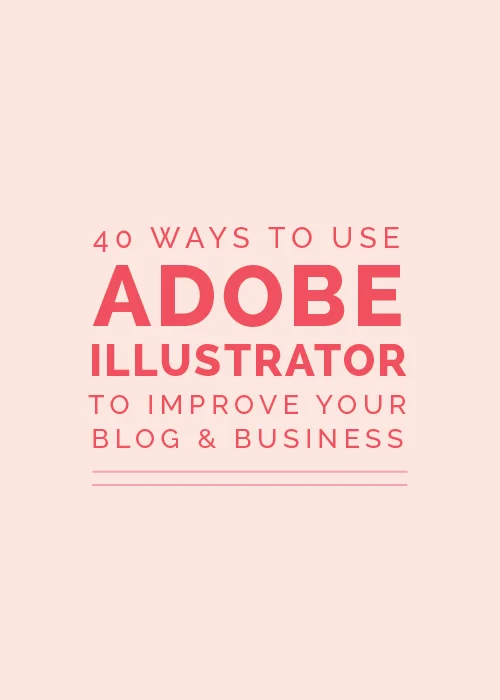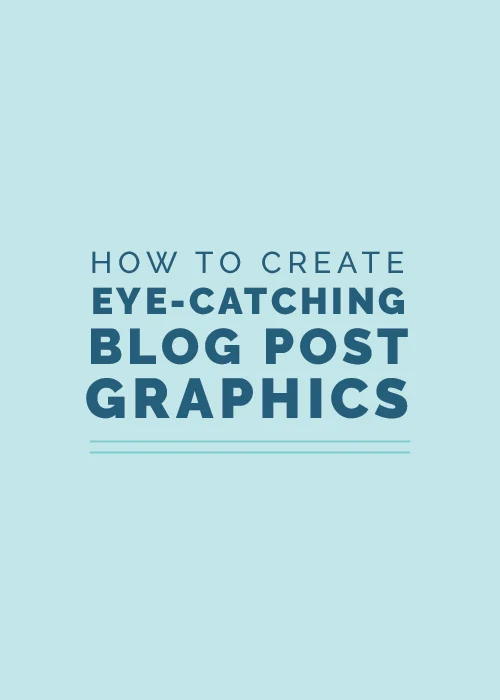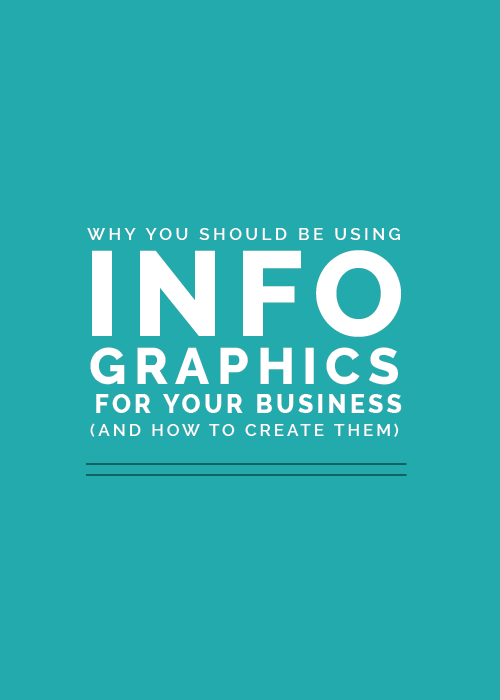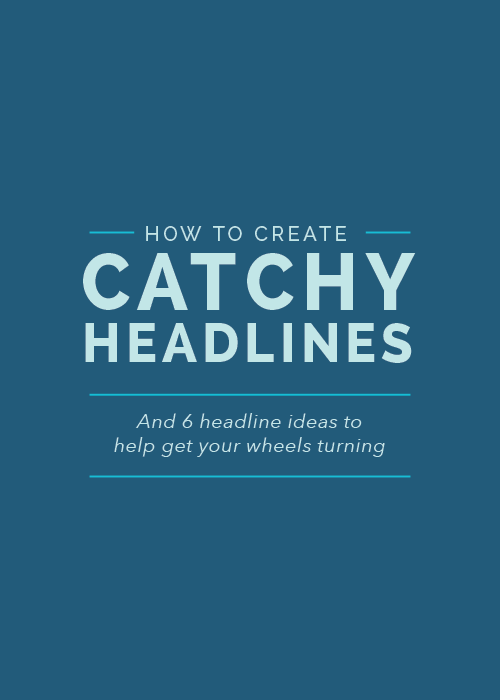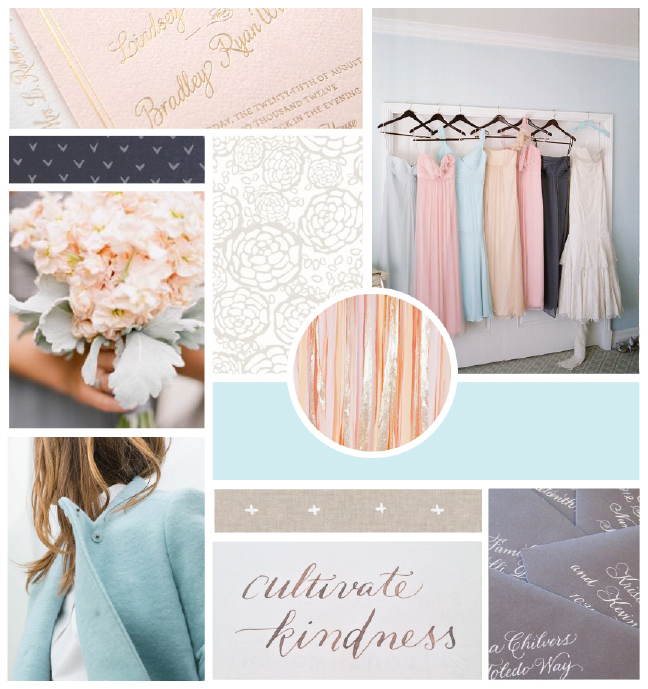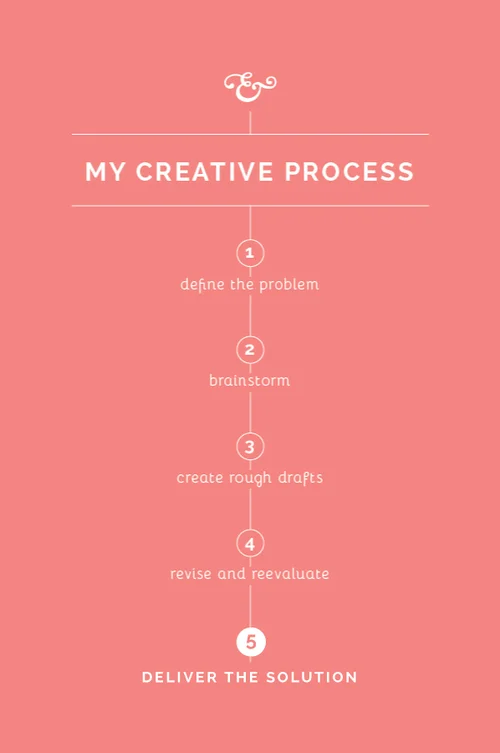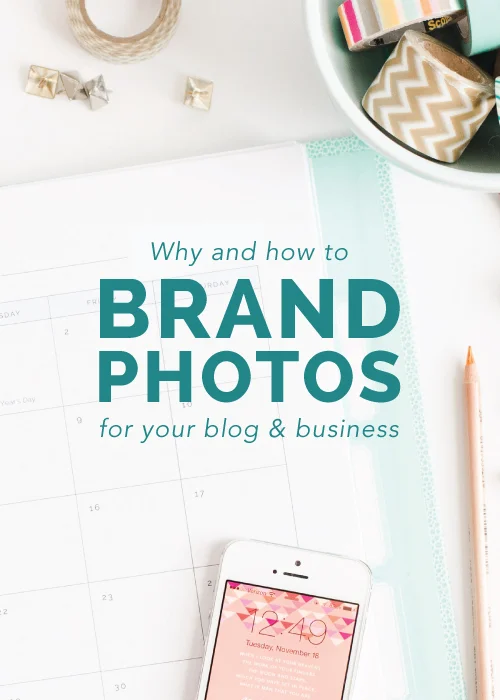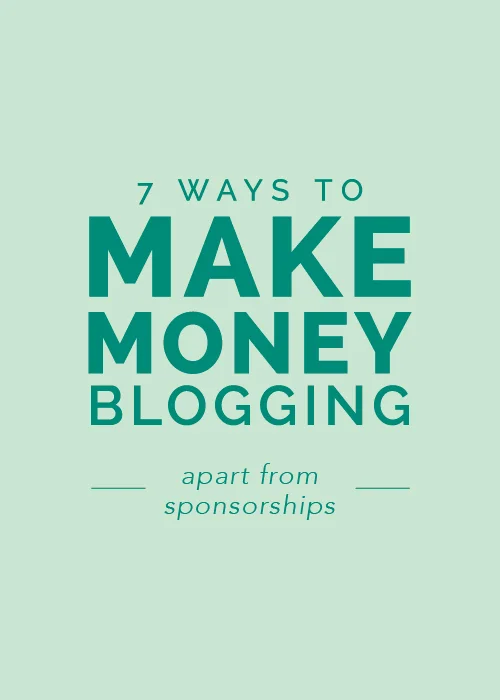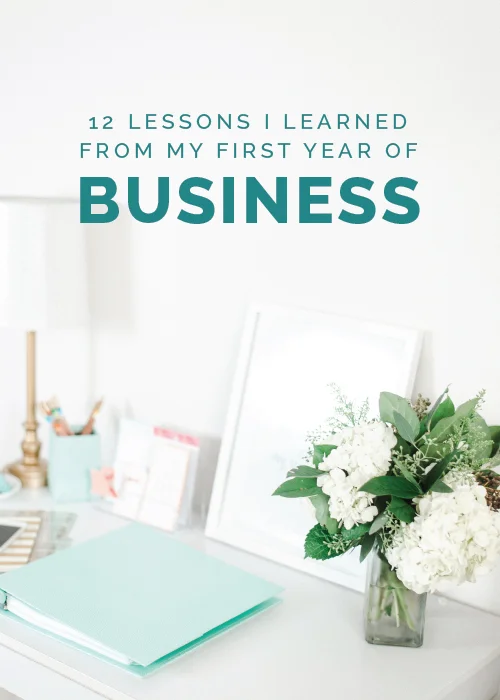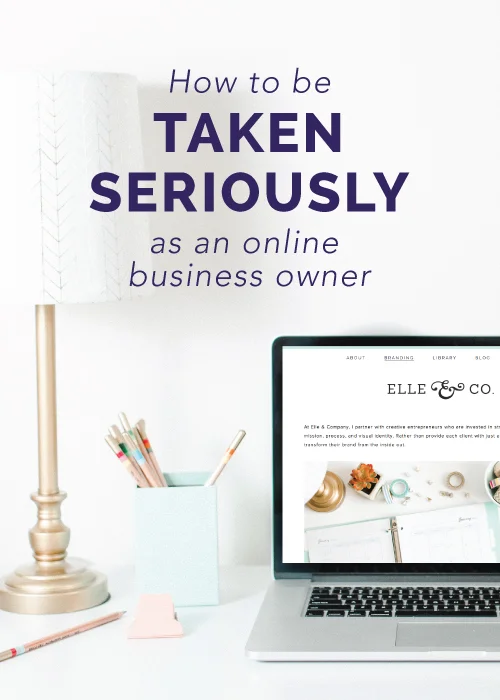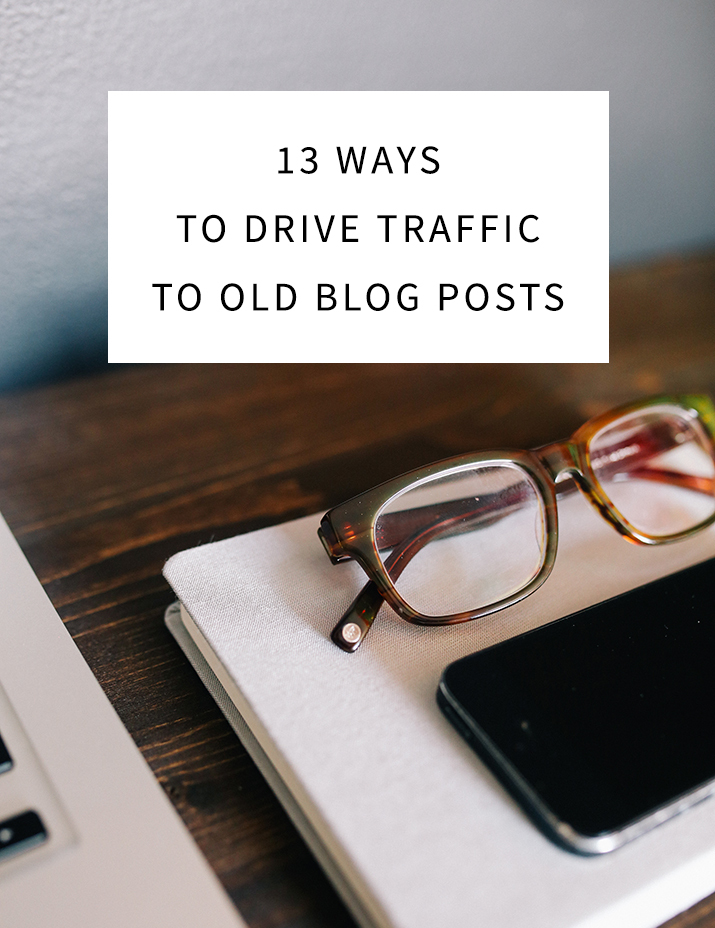Like most occupations, it's helpful to have a process in place as I go about my work. I haven't seen many creatives approach this subject, so I thought it might be helpful to spend the next few weeks sharing my own creative process. While my method may not work for everyone, my hope is that these posts will encourage you to streamline your own process and think through the steps you take as you go about your work.
It wasn't until Jake came on board this past summer that I began to understand the importance (and fun!) of brainstorming to come up with new ideas and content. One night in May, the two of us stayed up for 3 hours coming up with solutions to some of the problems I was having with Elle & Company, and from that point on I've made it a priority to set aside time to research and brainstorm for each one of my design projects. This casual step gives me time to explore, compile information, and get creative, and it's become fundamental for my business and my process. Here's a look into what this step looks like for me:
Research. After I've talked to my client about their design needs (defined the problem), I start looking for more information about their industry. I can't clearly communicate a business's mission through design if I'm not familiar with their field, so I do some research. This includes looking at my client's current website and social media accounts, viewing the websites and social media accounts of others in their field, reaching out to the client with specific questions, and reading instructional blog posts and articles related to the industry. These first steps lay the foundation for my project and each step builds upon them, so even though I may only spend an hour or two researching, I can't skip it!
Create an inspiration board. This could probably fall under the "research" category, but we're just going to roll with it. Because I'm a visual person, I ask each client to pull together images in a Pinterest board that encompass the mission and look of their business. I have them write a sentence or two describing what they like about each image - colors, patterns, textures, typefaces, illustrations, "feeling", etc. - and I use those images to pull together an inspiration board. I keep that inspiration board with me as I make design decisions and develop the entire brand. Here are a look at some recent inspiration boards that I've worked on recently :
Brainstorm. Now that I've spoken with the client, discussed their design needs, and compiled some research, I'm ready to shut down my computer and hide away with a full coffee mug, a print-out of the inspiration board, and an empty sketch book. I write down and sketch out ideas for a couple hours before I ever create a rough draft. This step is always the most difficult for me because I can't stand writing down ideas or sketching things if they aren't going to be 100% perfect, but the point isn't to come up with a perfect solution right off the bat; it's to get my creativity flowing. The more I do this step, the better and more original my work gets.
What could this step look like for you? Do you intentionally set aside time to come up with new ideas and solutions for your business/blog/job? What tips and tricks have you found helpful for creating original content?

